
There have been nail art for thousands of years. Men and women alike used henna to dye their nails, with crimson tones denoting strength and prosperity in ancient Egypt. As we go forward to the 20th century, nail art started to take on its current form. Modern nail polish was created in the 1920s, and the French manicure gained popularity in the 1970s.

Since everyone has an individual preference, some people choose to appreciate the vivid colors and styles on their nails and body. We’ll take a trip through the history of nail art in this paragraph, starting with the old term and ending with the modernity of acrylics and nail paints.

Shellac brought the next major advance in the market. Fashion-forward ladies immediately developed a cult following for this early version of gel polish. Currently, the £30 billion beauty business in the UK is largely made up of the nail industry. Over the next ten years, the nail industry is expected to expand by 7% yearly on a global scale. Regarding nail trends, though, what say you? Let’s examine potential future directions for the sector.

Beyond merely a fad in cosmetics, nail art is a means of self-expression, a blank canvas for artistic expression, and a reflection of individual flair. Simple polish has given way to elaborate designs that rival traditional artwork in nail art throughout time. The options are virtually limitless, depending only on your creativity, whether you work as a professional nail artist or are a do-it-yourself enthusiast.

Traditional Nail Art:
1. French Manicure
The French manicure is classic and sophisticated, with a foundation of natural pink or nude and white tips. Adding glitter, experimenting with different hues, or applying nail decals are some variations.

2. Gradient/Ombre Nails:
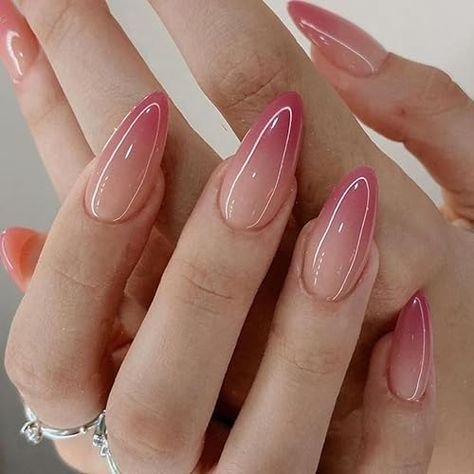
This design produces a gradient effect by combining two or more colors. Depending on the tints used, the transition might be either subtle or dramatic.

Detailed Designs:

1. Hand-Painted Art:

Expert artists are able to draw anything on nails, including abstract art and floral motifs. Precision tools and a steady hand are needed for this procedure.
2. Stamping:
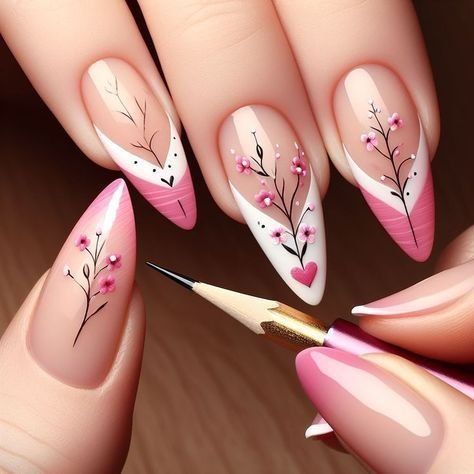
A common method in which nail polish is used to imprint a design from a stamping plate onto the nail. This technique enables consistent and intricate designs.
3D Nail Art:

1. Acrylic Embellishments:

Artists may use acrylics to create 3D nail art, including bows, flowers, and even tiny sculptures. When you want to make a statement on important events, this design is ideal.

2. Jewels and Rhinestones:

These decorations are frequently employed to create a glamorous look since they add a little glitter. For an accent nail, they can be put to just one nail, or all the nails for a more dramatic look.
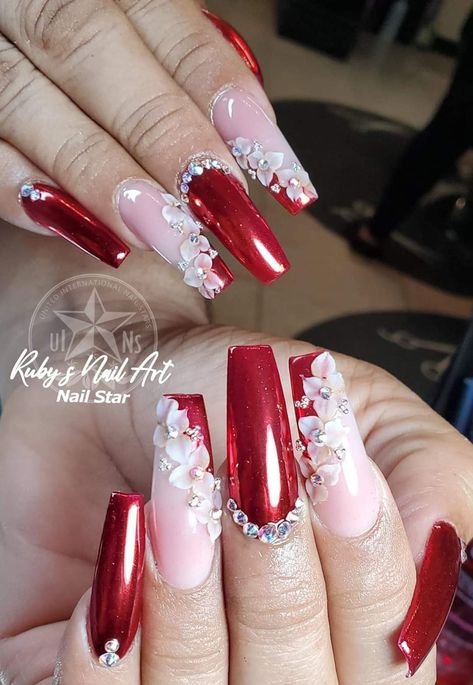
Sculptural Nail Art:

1. Matte Nails:

These nails provide a sleek and contemporary appearance in contrast to the conventional glossy polish. They may be used with various textures for a different look, or with gloss for contrast.

2. Velvet Nails:

This trend gives conventional paint a surprising twist by using flocking powder to give nails a smooth, velvety feel.
Themed & Seasonal Designs:

1. Holiday-Themed Nails:

Seasonal patterns are constantly in style, from Halloween pumpkins to Christmas snowflakes. To evoke the joyous attitude, these designs frequently combine a variety of hues, patterns, and ornaments.
2. Cultural Inspirations:

Conventional patterns, symbols, and colors may be incorporated into nail art by taking influence from many cultures.
Tools of the Trade
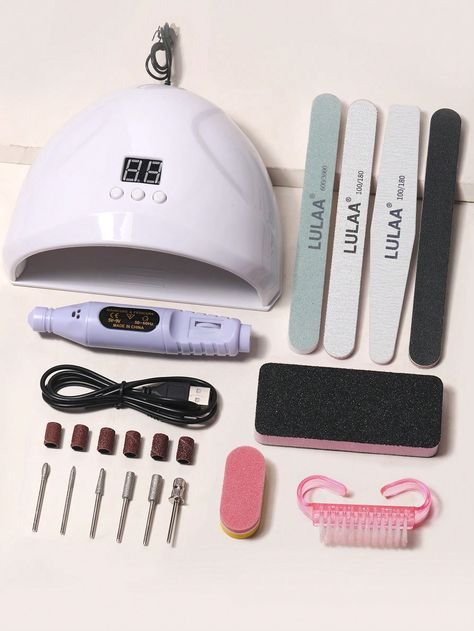
The correct tools are necessary to produce beautiful nail art. These are a few necessities
Nail Brushes:

Fine-tipped nail brushes are essential for intricate patterns. They are available in different sizes to suit different methods.
Dotting Tools:

With the use of these tools, you can make precise dots that may be used to create abstract art, patterns, or even flowers.
Stickers and Decals:

Decals and stickers provide a simple substitute for individuals who desire elaborate designs but lack the time to create them.
Nail Stamps:

Stamping packages include an image-transferring stamper and a plate with engraved patterns.
UV/LED Lamp:

In order to cure gel polish and set some forms of nail art, a UV or LED bulb is necessary.

Trends in Nail Art to Watch

Similar to fashion, nail art trends are ever-changing. There are following trends to watch are:
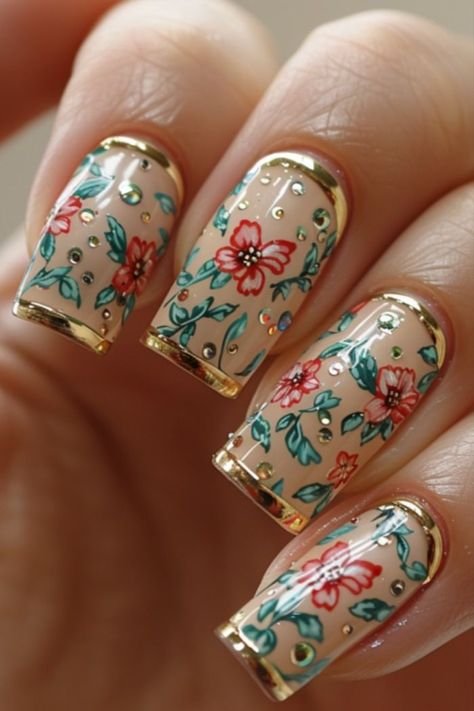
Negative Space Nails:

This style creates a simple yet eye-catching effect by incorporating sections of the natural nail within the design.
Chrome Nails:

These nails have a mirror-like sheen that gives off a futuristic look. They come in different tints and may be applied with certain polishes or powders.
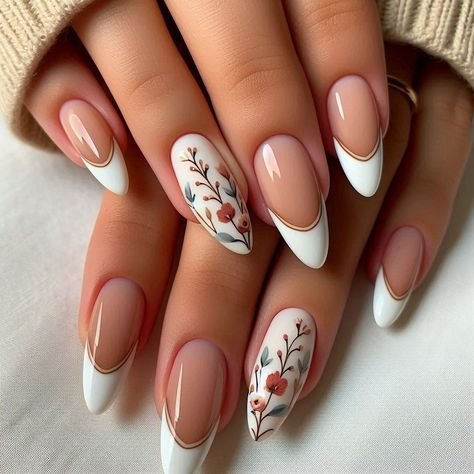
Geometric Patterns:

Those who want a modern look often choose geometric nail art because of its crisp lines and angles.
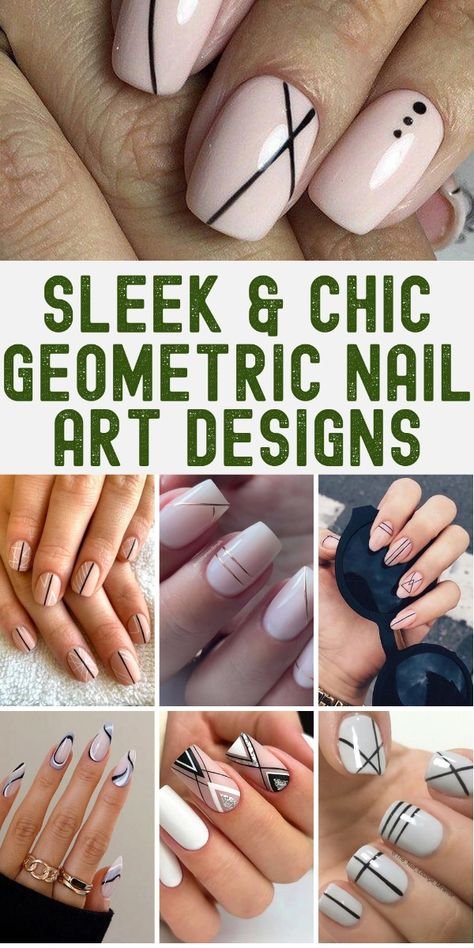
Pastel Colors:

A return for the spring and summer, pastel colors are gentle, subdued tones. These hues can be utilized on their own or in conjunction with other styles, such as ombré or floral patterns.
Mix-and-Match Nails:

This style incorporates several patterns onto each nail to provide a unified yet unique appearance. It’s an enjoyable approach to express your originality and experiment with several trends at once.

In summary
A dynamic and always changing form of expression is nail art. There is a style for every personality and occasion, whether you want bright, statement-making art or simple, traditional designs. The future of nail art is bright—and colorful—as long as artists continue to push the envelope and technology keeps developing.
The world of nail art offers countless opportunities to showcase your individual style, whether you want to attempt a new design at home or are searching for ideas for your next salon visit.
